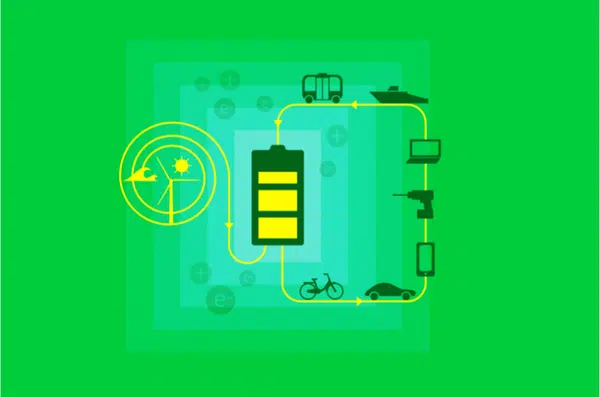أي بطارية أقوى من الليثيوم أيون? استكشاف أنواع البطارية
1. مقدمة
في سوق الطاقة المتطور بسرعة اليوم, يعد اختيار تقنية التخزين المناسبة أمرًا ضروريًا لزيادة أداء نظام الطاقة الشمسية الخاصة بك.
يسأل العديد من المستهلكين, "أي بطارية أقوى من الليثيوم أيون?"في حين أن بطاريات الليثيوم أيون قد تهيمن على تخزين الطاقة منذ فترة طويلة بسبب كثافة الطاقة العالية وكفاءتها, بدائل جديدة ناشئة يمكن أن توفر أداء أكبر.
في هذه المقالة, نستكشف مختلف أنواع البطارية متاح, قارن أدائهم, ومناقشة التقنيات المبتكرة التي قد تتفوق قريبًا على أنظمة الليثيوم أيون التقليدية.
نحن نقدم أيضًا نظرة ثاقبة حول كيفية دمج المكونات عالية الجودة من GYCX Solar إلى إعداد الطاقة الشمسية الخاصة بك للحصول على قوة قوية, حل قابل للتطوير.
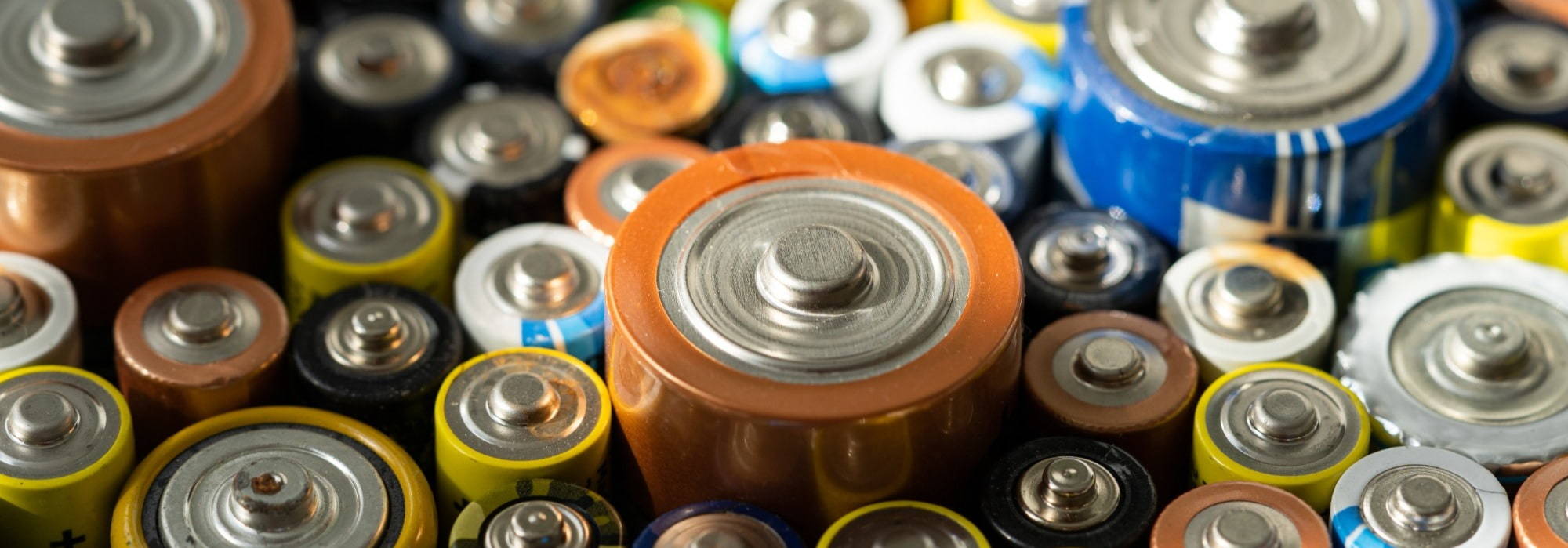
2. تطور تقنيات البطارية
تقدمت تكنولوجيا البطارية بشكل كبير على مدار العقود الماضية. اعتمدت أنظمة الطاقة الشمسية المبكرة على بطاريات حمض الرصاص, لكن تطوير تكنولوجيا الليثيوم أيون كان قفزة كبيرة في كفاءة تخزين الطاقة وطول العمر.
على الرغم من هذه التطورات, دفعت التحديات مثل الإدارة الحرارية والمخاوف البيئية للباحثين للبحث عن بدائل متفوقة.
أحدث تقنيات البطارية مثل الصوديوم أيون, الحالة الصلبة, وبطاريات التدفق تولد ضجة كرسائل محتملة في اللعبة في هذا المجال.
فهم تطور هذه أنواع البطارية ضروري لاتخاذ قرارات مستنيرة في تخطيط الطاقة الشمسية الخاصة بك.
3. أنواع أساسية من تقنيات البطارية
عند التفكير في تخزين الطاقة الشمسية, من المهم فهم أنواع البطارية الأساسية المتاحة:
بطاريات ليثيوم أيون
ليثيوم أيون (لي أيون) تُستخدم البطاريات على نطاق واسع في كل شيء من الإلكترونيات المحمولة إلى تخزين الطاقة الثابتة بسبب كثافة الطاقة العالية وكفاءتها.
- مزايا: كثافة طاقة عالية, دورة حياة طويلة, وشحن سريع.
- العيوب: الحساسية الحرارية والتكاليف المقدمة نسبيا.
بطاريات الصوديوم أيون
تستخدم بطاريات الصوديوم أيون الصوديوم, مادة وفيرة وغير مكلفة, التي لديها القدرة على خفض التكاليف مع تقديم أداء تنافسي.
- مزايا: انخفاض تكاليف المواد الخام وتحسين الاستدامة.
- العيوب: لا تزال التكنولوجيا تتطور, مع التحسينات التي تمر بها دورة الدراجات وتحسينات كثافة الطاقة.
بطاريات الحالة الصلبة
بطاريات الحالة الصلبة القضاء على الشوارد السائلة, باستخدام مواد صلبة بدلاً من ذلك. هذا التصميم يعزز السلامة ويمكن أن يزيد من كثافة الطاقة.
- مزايا: سلامة متفوقة, يحتمل أن يكون كثافة الطاقة أعلى, ودورة حياة أطول.
- العيوب: ارتفاع تكاليف التصنيع وتحديات التوسع الحالية.
بطاريات التدفق
تقوم بطاريات التدفق بتخزين الطاقة في الشوارد السائلة التي تتدفق عبر خلية البطارية. هذا الإعداد الفريد يجعلها قابلة للتطوير للغاية ومناسبة للتخزين طويل الأجل.
- مزايا: قابلية التوسع الممتازة وتسليم الطاقة المستمر على مدار فترات طويلة.
- العيوب: انخفاض كثافة الطاقة ومتطلبات التثبيت الأكثر تعقيدًا.
4. استكشاف البدائل: البطاريات أقوى من الليثيوم أيون
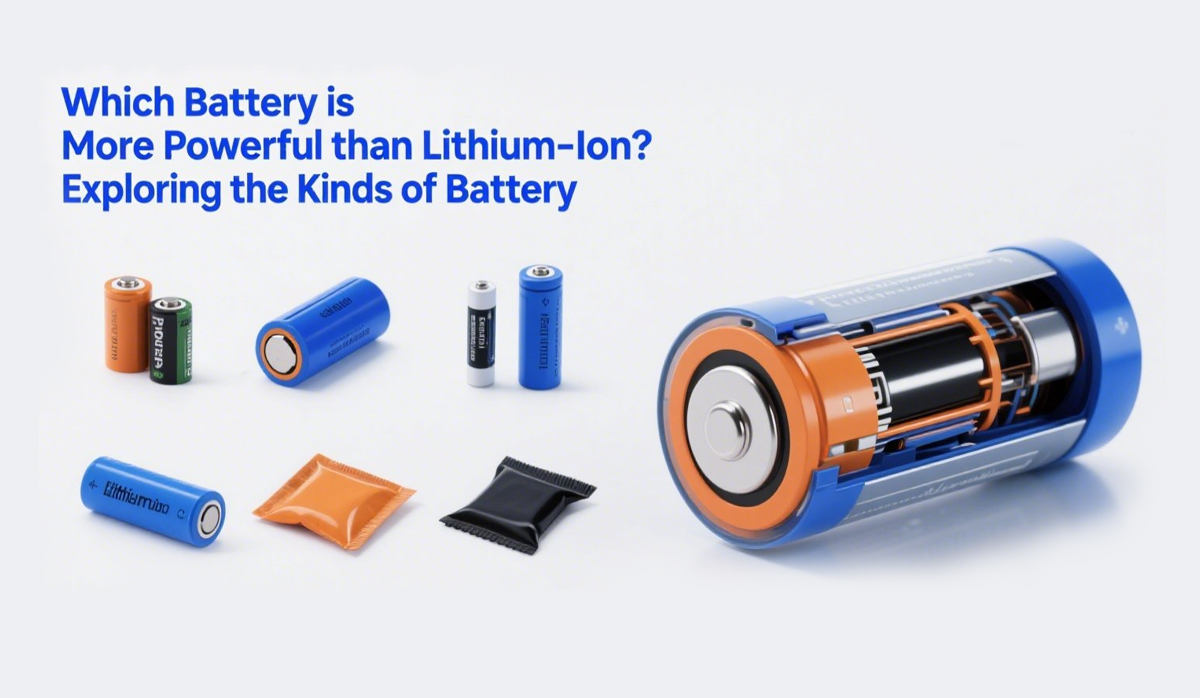
مع بحث الصناعة عن التحسينات على الليثيوم أيون, العديد من تقنيات البطارية تظهر الوعد:
تكنولوجيا الصوديوم أيون
لقد وضعتها التقدم في بطاريات الصوديوم أيون كمتنافسين أقوياء. الاستفادة من التكلفة المنخفضة ووفرة الصوديوم, يمكن أن تتطابق هذه البطاريات أو تتجاوز أداء الليثيوم أيون مع توفير الاستدامة المعززة.
- تشير الاختبارات المبكرة إلى كثافات الطاقة التنافسية وحياة الدورة, جعلها بديلاً واعداً للتركيبات الشمسية المستقبلية.
بطاريات الحالة الصلبة
ظهرت بطاريات الحالة الصلبة مع إمكانية التفوق على بطاريات الليثيوم أيون التقليدية. توفر الشوارد الصلبة أمان أفضل, ويستعد تصميمهم لتوفير كثافة طاقة أعلى في شكل أكثر إحكاما.
- على الرغم من أنه محدود حاليًا بتكاليف الإنتاج المرتفعة, مزيد من ص&من المتوقع أن تجعل D بطاريات الحالة الصلبة أكثر سهولة للتطبيقات واسعة النطاق.
بطاريات التدفق
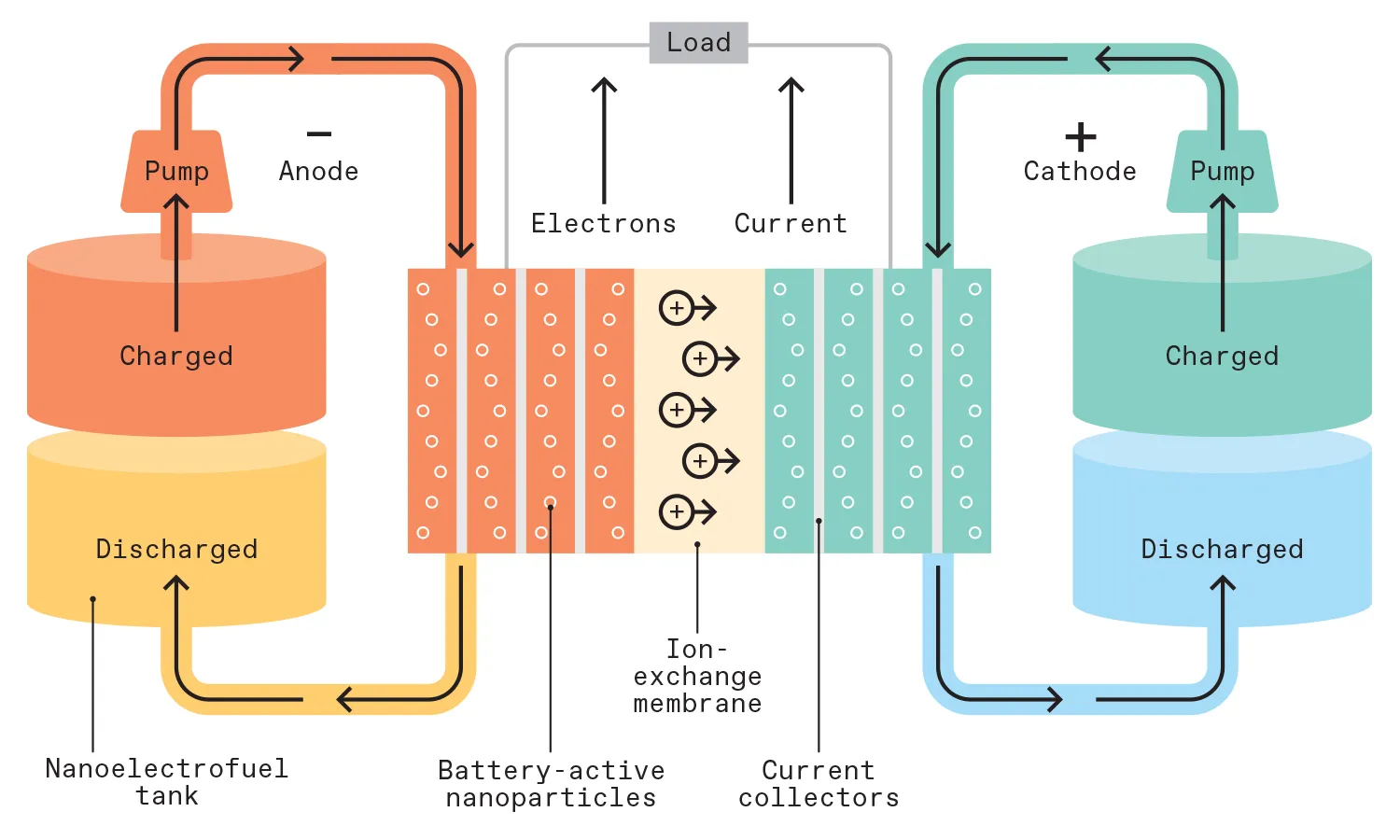
قد لا توفر بطاريات التدفق كثافة عالية للطاقة للتطبيقات السكنية, ولكن للتخزين على نطاق الشبكة, قدرتهم على تقديم إنتاج ثابت على مدى فترات طويلة تجعلها جذابة.
تصميمهم القابل للتطوير مثالي للحالات التي يكون فيها تخزين الطاقة طويل الأجل أمرًا بالغ الأهمية.
5. مخطط مقارنة الأداء
| نوع البطارية | كثافة الطاقة | دورة الحياة | أمان | يكلف | قابلية التوسع |
|---|---|---|---|---|---|
| ليثيوم أيون | عالي | ~ 3000+ دورات | معتدل (يحتاج التبريد) | ارتفاع تكلفة مقدمة | اعتمد على نطاق واسع, وحدات |
| أيون الصوديوم | معتدلة إلى عالية | تحسين (ناشئة) | تحسين الاستقرار الحراري | يحتمل أن يكون أقل | واعدة للتركيبات واسعة النطاق |
| الحالة الصلبة | عالية جدا | ربما أطول | سلامة متفوقة | حاليا عالية | الإمكانات المستقبلية, تصميم مضغوط |
| بطارية التدفق | أدنى | طويل جدا | ممتاز | تختلف تكلفة تكامل النظام | قابلة للتطوير للغاية لشبكة الشبكة |
طاولة: مقارنة الأداء المبسطة لتقنيات البطارية المختلفة لتطبيقات الطاقة الشمسية.
6. دمج منتجات GYCX الشمسية في نظامك
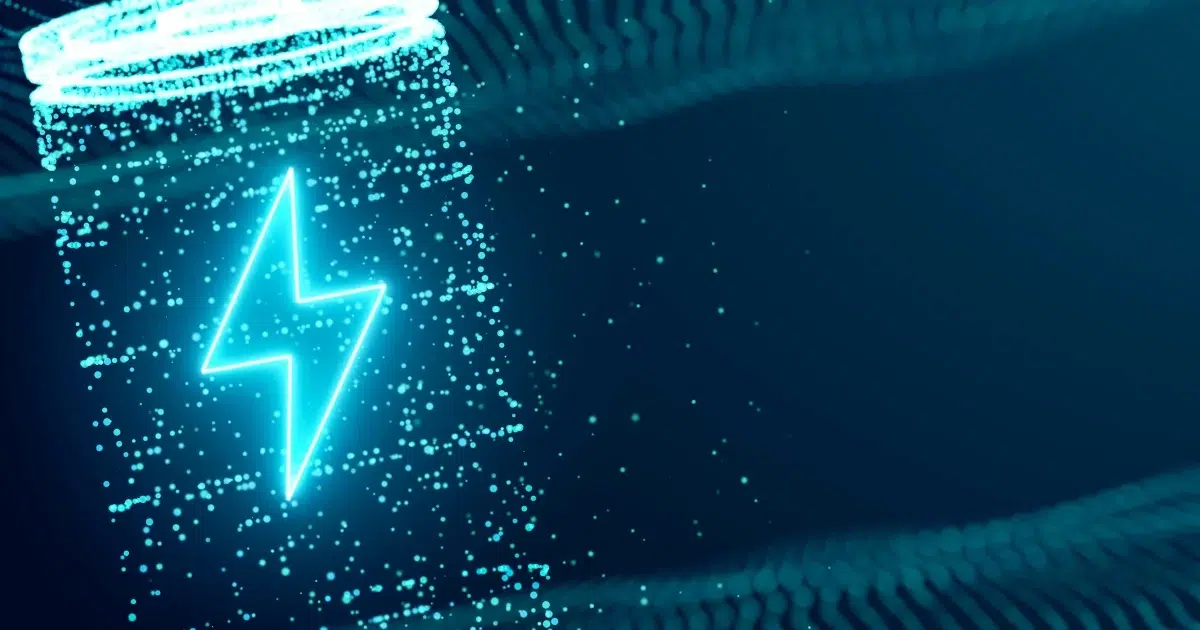
يعد اختيار البطارية المناسبة جزءًا واحدًا فقط من إنشاء نظام طاقة شمسية فعال. يعد التكامل مع المكونات عالية الجودة أمرًا ضروريًا للأداء الأمثل. في GYCX الشمسية, نحن نقدم مجموعة من المنتجات المصممة للعمل بسلاسة معًا.
بطارية ليثيوم قابلة للتكديس
ملكنا بطارية ليثيوم قابلة للتكديس توفر الأنظمة تخزين طاقة معياري وقابل للتطوير. يتيح لك تصميمهم إضافة سعة تدريجيًا مع نمو احتياجات الطاقة الخاصة بك.
البطاريات الشمسية
مجموعتنا من البطاريات الشمسية تم تصميمه من أجل المتانة والأداء الثابت. يتم تحسين هذه البطاريات خصيصًا لتطبيقات الطاقة المتجددة.
العاكس الشمسي
موثوق العاكس الشمسي أمر حيوي لتحويل قوة DC المخزنة إلى قوة التيار المتردد القابلة للاستخدام لمنزلك أو عملك. تم تصميم محولاتنا لزيادة الكفاءة وتكملة حلول البطارية لدينا.
عن طريق اختيار مزيج من هذه المنتجات, يمكنك التأكد من أن نظامك ليس قويًا وفعالًا فحسب ، بل قادر أيضًا على التكيف مع متطلبات الطاقة المستقبلية.
7. الاتجاهات والاعتبارات المستقبلية
يستمر سوق البطارية في التطور, مع التقنيات والابتكارات الجديدة في الأفق. وتشمل الاتجاهات الرئيسية:
- زيادة ص&د الاستثمار: الابتكار المستمر في كيمياء البطارية يمهد الطريق إلى أكثر أمانًا, أكثر كفاءة, وحلول السعة العليا.
- التركيز على الاستدامة: إن التأثير البيئي لإنتاج البطارية وإعادة التدوير يدفع المصنعين إلى استكشاف بدائل أكثر خضرة.
- قابلية التوسع والنموذج: مع نمو المنشآت الشمسية, تصبح الحاجة إلى حلول البطارية القابلة للتطوير أمرًا بالغ الأهمية. الأنظمة المعيارية, مثلنا بطارية ليثيوم قابلة للتكديس, تقديم خيارات توسيع مرنة.
- التكامل الذكي: ستشمل البطاريات المستقبلية أنظمة إدارة البطاريات المتقدمة (خدمات إدارة المباني) و IoT Technologies للمراقبة في الوقت الفعلي وتحسين الأداء.
تعد هذه التطورات بجعل الأجيال القادمة من البطاريات ليس فقط أكثر قوة ولكن أيضًا أكثر ملاءمة للبيئة وفعالة من حيث التكلفة.
8. خاتمة
في البحث عن حلول تخزين الطاقة, فهم مختلف أنواع البطارية هو المفتاح.
في حين أن بطاريات الليثيوم أيون وضعت مستوى عالٍ مع كثافة الطاقة المثيرة للإعجاب وكفاءتها, التقنيات الناشئة مثل الصوديوم أيون, الحالة الصلبة, توفر بطاريات التدفق إمكانيات مثيرة للمستقبل.
من خلال تقييم احتياجات الطاقة الخاصة بك بعناية ودمج المكونات عالية الجودة-مثل بطارية ليثيوم قابلة للتكديس, البطاريات الشمسية, و العاكس الشمسي من GYCX Solar - يمكنك بناء قوي, نظام الطاقة الشمسية القابل للتطوير الذي لا يلبي متطلبات اليوم فحسب ، بل إنه مستعد أيضًا لتحديات الغد.
احتضن المشهد المتطور لتكنولوجيا البطارية وتسخير قوة الابتكار لتحقيق استقلال الطاقة ومستقبل مستدام.

